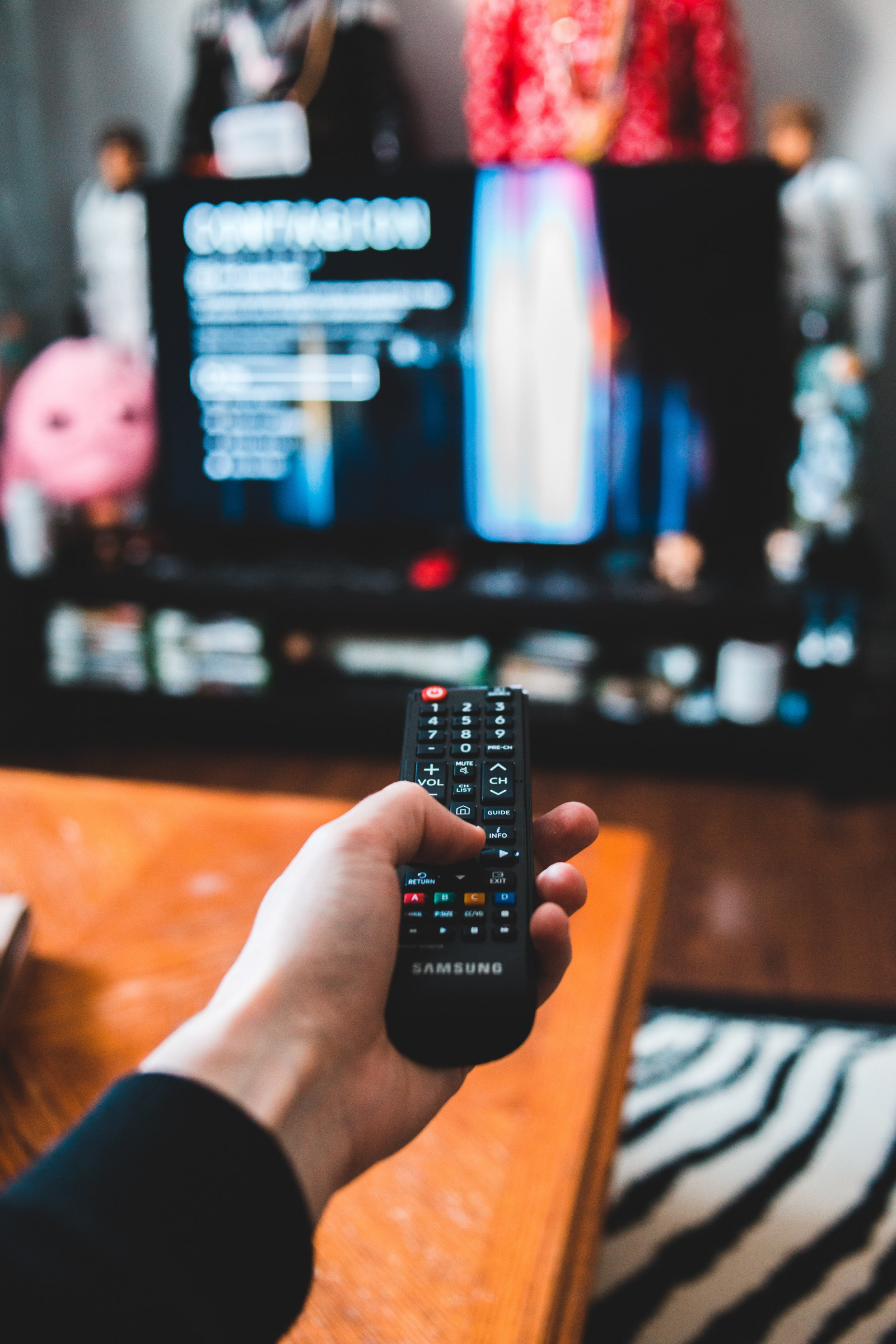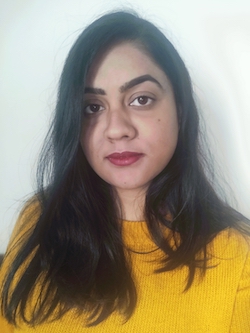Streaming censorship: The threat to India’s growing importance in the global marketplace

Photo: Erik Mclean

Video streaming services like Netflix, Amazon Prime Video and Disney+ Hotstar have been fortunate to experience minimum restrictions on content from Indian regulators as they established themselves. However, this is all now changing. Recent controversies around offending religious sentiments and access to mature content for all age groups around Netflix/BBC Studio’s A Suitable Boy and Amazon Prime Video’s original made-for-India series Tandav has led to the tabling of new regulations over social media usage, news platforms and, most specifically, OTT platforms.
The Indian government has now published content norms (Official Gazette), introducing a three-tier mechanism for regulation. Through tracing the origin of content, the regulations will enable the government to ban or take down content via an inter-ministerial committee. Platforms are required to self-classify on the basis of context, tone and impact, the targeted audience, and classify their shows across three age groups: Universal (U); Parental guidance (U/A), 7+, 13+, 16+; and Adult (A), 18+. The implications for the Indian video market could be far reaching with a series of consequences that the Indian authorities may not yet fully appreciate.
Young adult consumption and piracy
In 2019, 27% of the Indian population was under the age of 14, representing 350 million people. This population is typically more adept to new technology and knows how to find content to their liking even if it is difficult to access. Thus, if they are prevented from finding the sorts of shows they want to watch (the age restrictions will be implemented via technology) they are the most likely group to find it by other means, including piracy. This entails VPNs to access unavailable international content and using piracy to access otherwise restricted Indian content as well as international shows. This would only add to the piracy problem India has faced for decades. As a consequence, concerns around internet security in the new “doxing” and “cancelling” age of social media have become even more pertinent.
International content will continue to resonate with these younger viewers, and they will have the means and motive to find it. Official original Indian content could suffer greatly in terms of measurable engagement and revenue generation. This could significantly hinder the licensed Indian streaming market just as it is getting going.
Featured Report
India market focus A fandom and AI-forward online population
Online Indian consumers are expected to be early movers. They are high entertainment consumers, AI enthusiasts, and high spenders – especially on fandom. This report explores a population that is an early adopter, format-agnostic, mobile-first audience, with huge growth potential.
Find out more…Self-censorship versus consumer demand
Companies like Disney+ Hotstar will likely face fewer challenges. It has already shown a more compliant approach towards Indian content strategy. A notable example was Disney+ Hotstar self-censoring an episode of Last Week Tonight with John Oliver last year, where the popular TV host discussed the Prime Minister of India, Narendra Modi. At the time, Hotstar received a media backlash. Despite the censorship on Hotstar, the episode was easily available to young viewers via YouTube, Facebook and other content platforms. Along with piracy and VPNs, social media in India represents the chink in the censorship armour.
Impact on the progressive cultural shift
Censorship nominally exists to create safe platforms for content consumption . Without it, international shows clearly marked for adult consumption such as Game of Thrones, Euphoria etc. are available to all ages. Similarly, many Indian television serials created with shock value have also previously made themselves accessible to kids and young adults for prolonged periods.
Vast swathes of content that currently reach young audiences will face a dramatic reduction in reach, in turn impacting what shows are made, how they are made and the emerging culture of video in India. There is also a risk of slowing the progressive shift in Indian pop culture, facilitated by OTT platforms. Through wide offerings, OTT platforms help in opening up newer content for consumers, beyond the traditional staple of Bollywood, creating opportunities for content creators to explore newer genres of creative narrative and direction.
What next?
The rules have proved controversial, and it is interesting to note that the same level of scrutiny does not apply to broadcast TV. India is now competing with the West in content and entertainment, but this ambition requires subtler regulation that helps direct content creators and publishers towards a more nuanced and consumer-friendly environment. The rules that are likely to be implemented within the next three years risk impacting consumer adoption at a time when ‘Digital India’ is gaining momentum. That momentum could be slowed and additionally put at risk inward investment. For India, currently in an unprecedented economic depression, the cascading effect of these rules have the potential to have devastating impacts on the multi-million-dollar entertainment industry and the thousands of jobs which it generates.
While India finds its voice, the streaming world watches.

The discussion around this post has not yet got started, be the first to add an opinion.